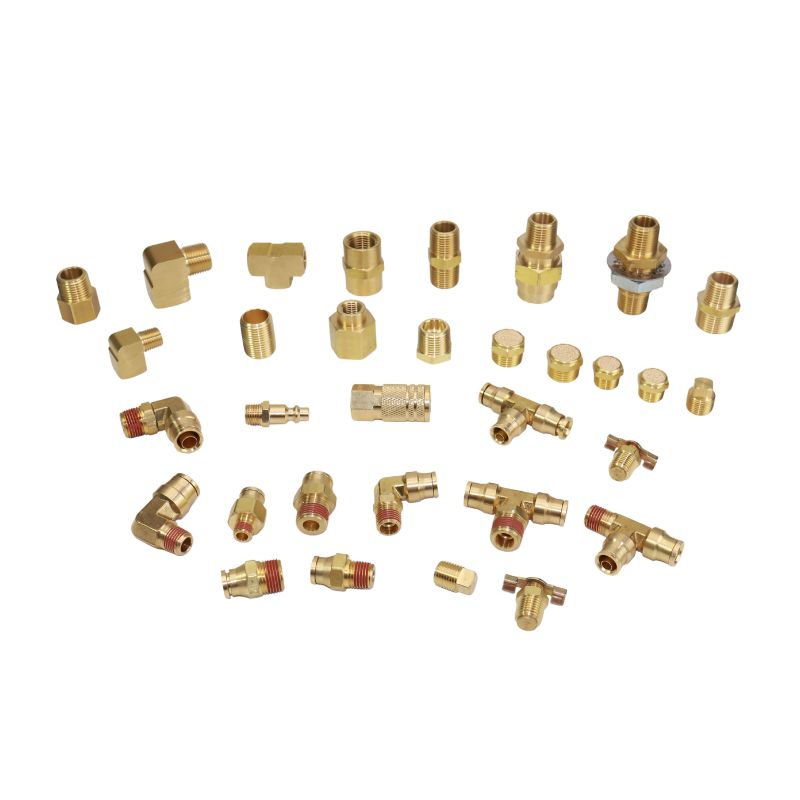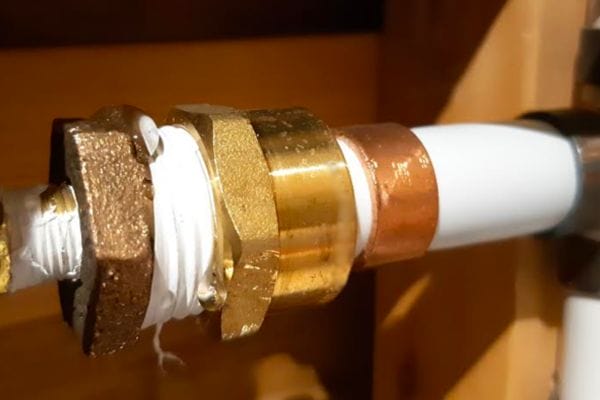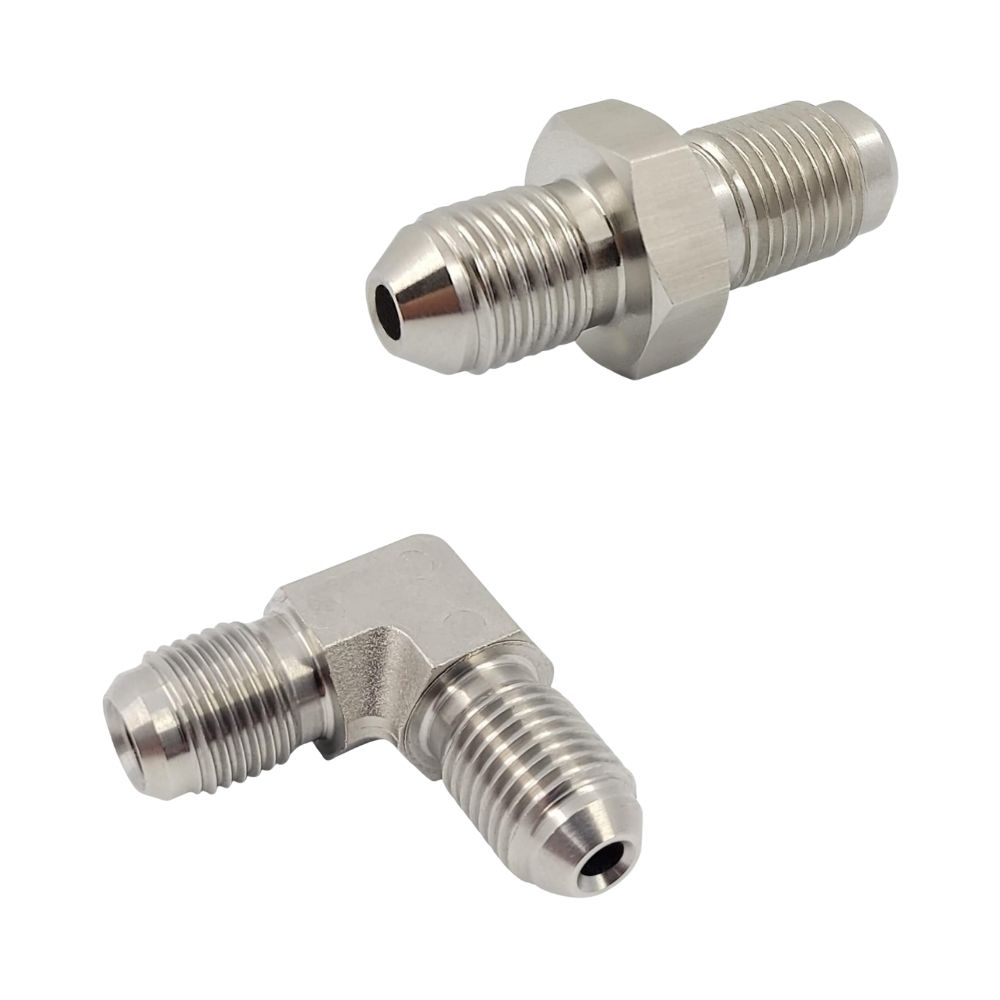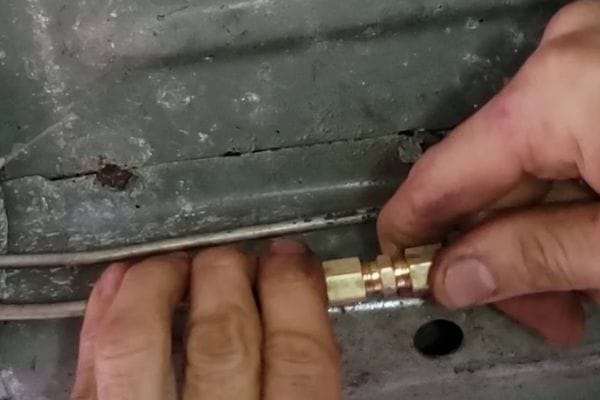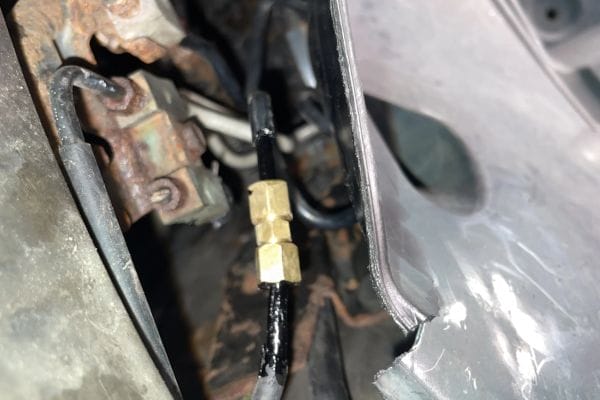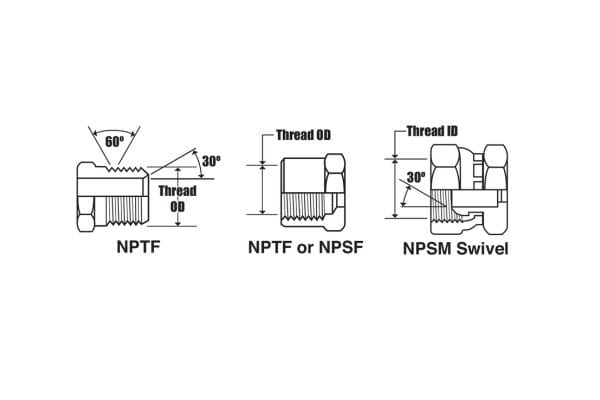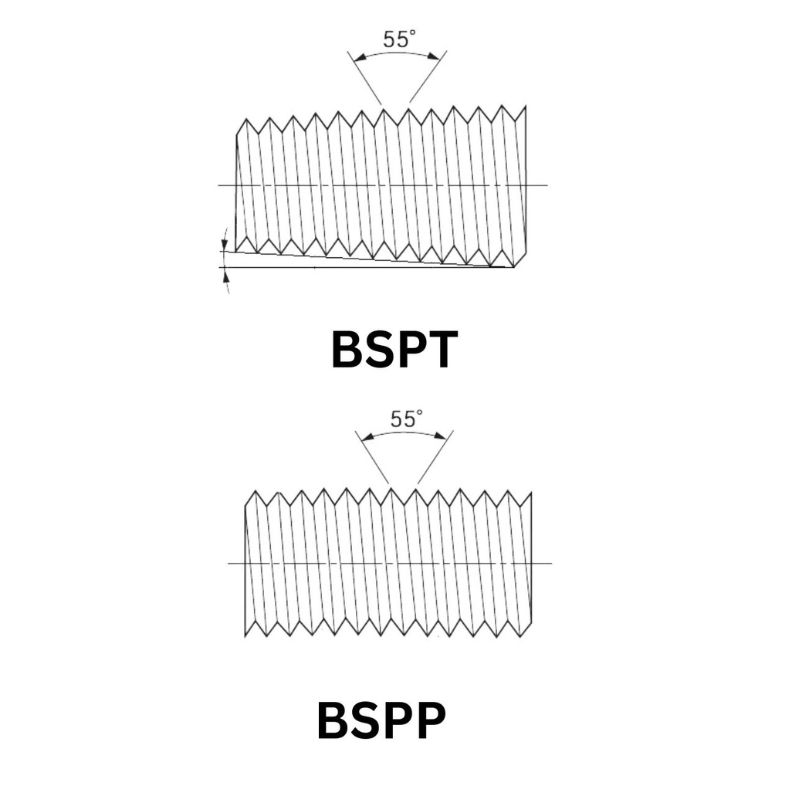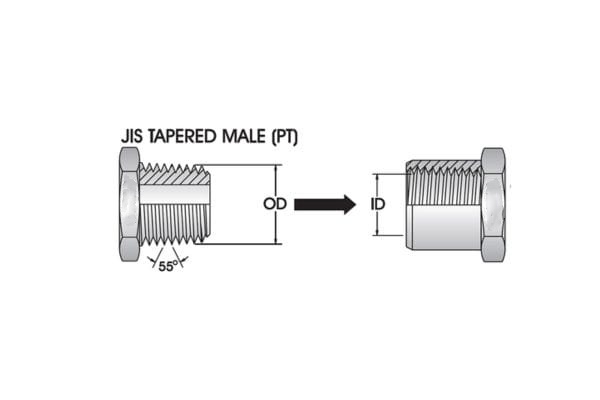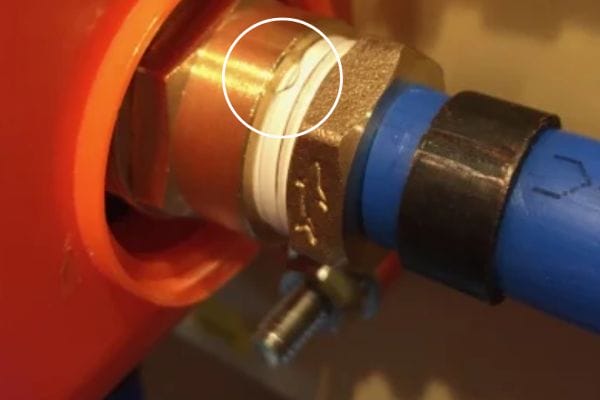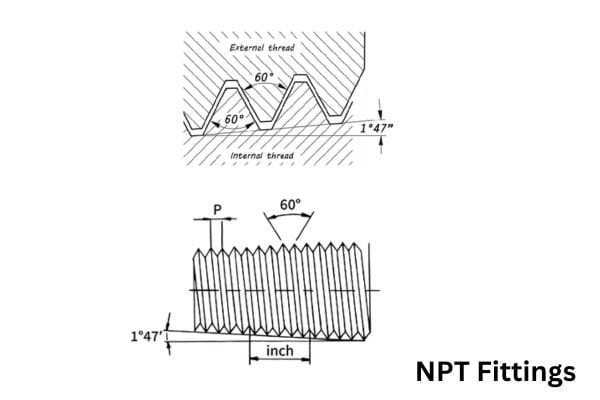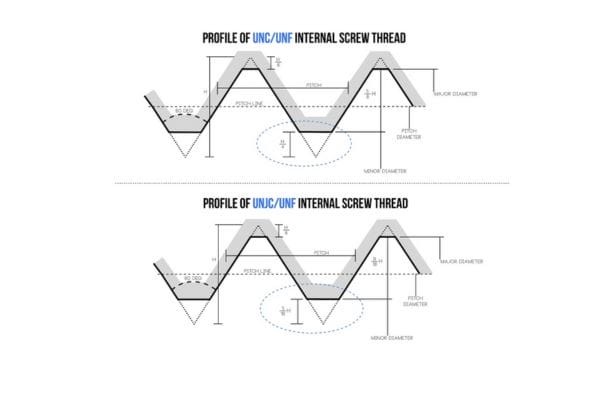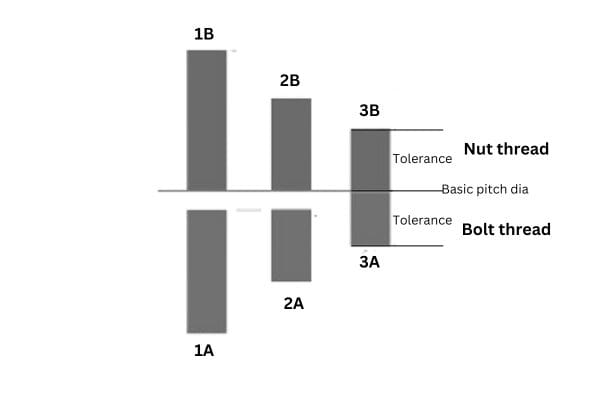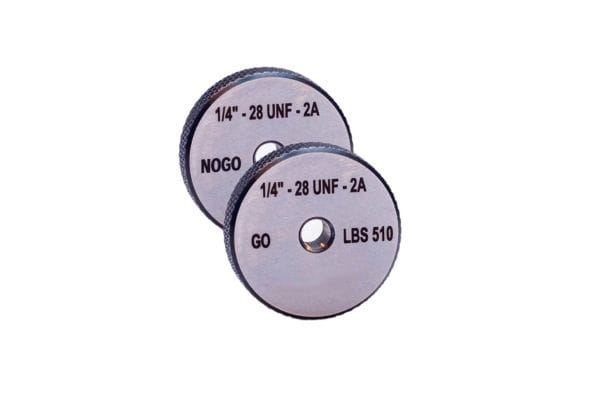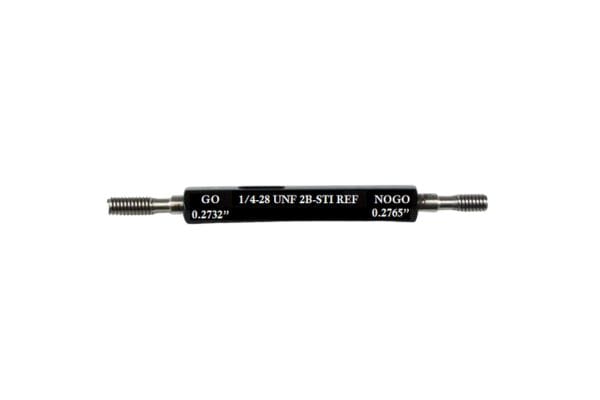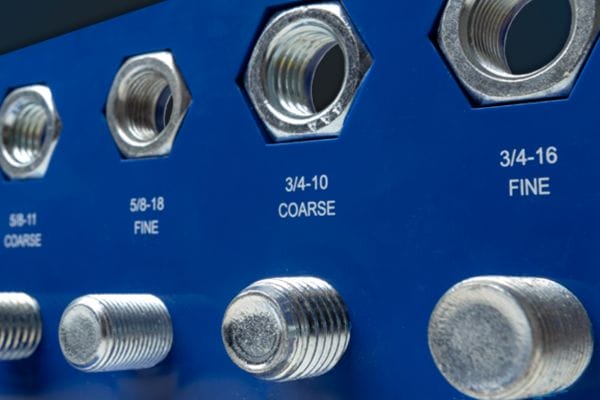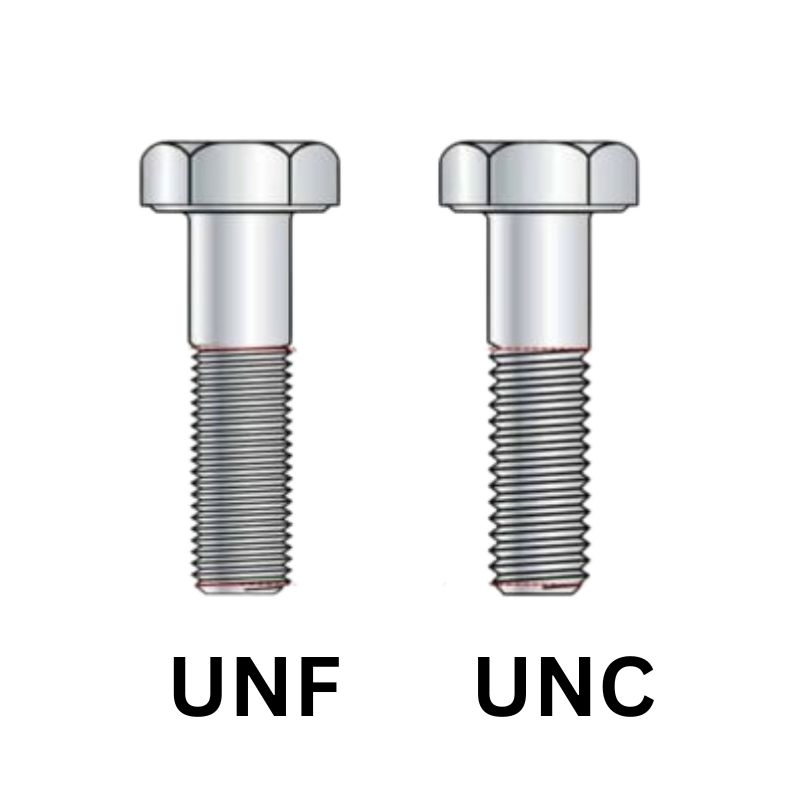Introduction
Hydraulic systems are the backbone of various industries, including industrial manufacturing, agriculture, and construction. These systems power everything from heavy machinery, like excavators and tractors, to precision manufacturing equipment. The efficiency and effectiveness of these operations often depend on the performance and reliability of their hydraulic systems. At the core of these systems are hydraulic lines—flexible hoses and rigid tubes designed to transport pressurized fluid throughout the machinery. These lines are vital for transmitting the power needed for movement and control functions. However, neglecting the maintenance and inspection of these lines can lead to severe consequences.
Understanding Hydraulic Systems
What Are Hydraulic Systems?
Hydraulic systems are essential in powering a wide range of machinery and equipment across various industries, including construction, agriculture, manufacturing, and transportation. They operate based on Pascal’s law, which states that when a fluid is contained in a closed system, any pressure applied to the fluid is transmitted equally throughout the system. This principle allows hydraulic systems to generate significant force with minimal effort.
A typical hydraulic system consists of several key components:
Hydraulic Pump: This component pressurizes the hydraulic fluid, converting mechanical energy (often from an engine) into hydraulic energy.
Valves: Valves regulate the flow of the pressurized fluid, directing it through different pathways to control the movement of machinery.
Cylinders: Cylinders convert hydraulic energy back into mechanical energy, generating linear motion that powers equipment such as excavator arms or lift platforms.
Hydraulic Hoses and Tubes: These components transport the pressurized fluid between the pump, valves, and cylinders, serving as the critical conduits that connect the entire system.
Hydraulic systems are widely used due to their ability to provide precise control and power to heavy machinery. From operating construction equipment like backhoes and cranes to agricultural machinery such as tractors and combines, these systems are indispensable in many industrial applications.

Role of Hydraulic Lines
Hydraulic lines—primarily composed of hoses and tubes—are vital in the efficient operation of hydraulic systems. These lines carry pressurized fluid (usually hydraulic oil) throughout the system, ensuring that each component receives the necessary fluid power to operate. The integrity and reliability of hydraulic hoses are crucial; any disruption, such as leaks or blockages, can significantly reduce system efficiency and lead to operational failures.
The primary function of hydraulic hoses is to provide flexibility and mobility within the system. These hoses are often reinforced with layers of braided steel or synthetic fibers, making them durable enough to withstand high pressure while remaining flexible enough to accommodate the movement of machinery. Hydraulic lines must also resist various stressors, such as bending, twisting, and vibrations, which are common in mobile and heavy-duty equipment.
Hydraulic Line Lifespan
The longevity of hydraulic lines depends on multiple factors, which include:
Pressure Levels: Hydraulic hoses are designed to handle high pressure, but over time, exposure to extreme pressures can cause the material to weaken and develop micro-cracks. Constant fluctuations in pressure also contribute to wear and tear.
Temperature Extremes: Operating in high-temperature environments can degrade hose materials, especially rubber components, leading to brittleness and cracking. Similarly, low temperatures may cause the hoses to stiffen and become more prone to damage.
Environmental Exposure: Hoses exposed to harsh environmental conditions, such as UV radiation, chemicals, or abrasion from rough surfaces, experience accelerated aging. This is common in construction and agricultural settings where equipment frequently operates outdoors.
Usage Frequency and Flexing: Frequent movement and flexing of hoses, especially in mobile equipment, increase the risk of fatigue failure. Repeated bending and twisting can cause kinks and damage to the reinforcement layers within the hose.
Risks of Neglecting Hydraulic Line Maintenance
Maintaining hydraulic lines is critical to ensuring the safe and efficient operation of equipment across various industries. Neglecting this maintenance can lead to severe consequences, impacting not just equipment but also the safety of operators and the environment. Below are the key risks associated with neglecting hydraulic line maintenance:
Safety Hazards
Hydraulic systems operate under high pressure, often exceeding 2,000 PSI. The failure of a hydraulic line can have immediate and dangerous consequences:
Fluid Injection Injuries: One of the most serious risks is fluid injection, which occurs when pressurized hydraulic fluid escapes through a pinhole leak and penetrates the skin. These injuries might seem minor initially but can cause severe damage, including tissue necrosis, if not treated immediately. The injected fluid can spread quickly, often requiring surgical intervention. If hydraulic lines are not inspected and maintained properly, the risk of such injuries increases significantly.
Burns from Hot Fluids: Hydraulic fluid often operates at temperatures exceeding 200°F (93°C). A burst hydraulic hose can release this hot fluid, leading to severe burns for anyone in proximity. Additionally, some hydraulic fluids contain additives that can cause chemical burns, further increasing the risk to personnel handling or working near the equipment.
Slip Hazards: Leaking hydraulic fluid creates slippery surfaces, which pose a risk of slips and falls, especially in construction and industrial environments where workers are frequently moving around machinery. Even a small leak can result in a significant amount of fluid on the ground, turning workspaces into accident-prone areas. Routine inspections and maintenance are essential to identify and fix these leaks before they lead to injuries.
Environmental and Health Risks
Hydraulic fluid leaks pose significant risks to the environment and human health:
Soil Contamination: When hydraulic fluid leaks from equipment, it can seep into the ground, contaminating soil and groundwater. Many hydraulic fluids contain chemicals and additives designed to enhance performance, but these substances can be toxic when they enter the environment. Over time, these contaminants can harm local ecosystems and wildlife, leading to long-term environmental damage.
Air and Water Pollution: In addition to soil contamination, hydraulic fluid can evaporate and release harmful fumes into the air, especially in hot conditions. This not only affects air quality but also poses health risks to workers exposed to the vapors. Moreover, if the fluid enters water sources, it can cause further environmental hazards, contaminating water supplies and harming aquatic life.
Skin Irritation and Toxicity: Prolonged exposure to hydraulic fluids, especially those with synthetic or toxic additives, can cause skin irritation or dermatitis. Workers handling damaged or leaking hoses without proper protective gear may experience skin reactions ranging from mild redness to severe blistering. Long-term exposure may also pose risks of more serious health issues, such as respiratory or neurological effects, due to toxic additives in certain hydraulic oils.
Operational Downtime and Equipment Damage
Beyond safety and environmental concerns, neglecting hydraulic line maintenance can lead to significant operational challenges:
Equipment Malfunctions: A leaking or damaged hydraulic line can result in pressure loss, leading to inefficient equipment performance or even total failure. For machinery that relies on precise hydraulic control—such as cranes, loaders, and manufacturing equipment—such malfunctions can halt operations entirely. Hydraulic systems are designed to operate within specific pressure ranges; when hoses fail to maintain these parameters, the entire system becomes compromised.
Costly Repairs and Replacements: Repairing equipment after a hydraulic line failure is often more expensive than routine maintenance. When a hydraulic hose bursts, it can damage other components, such as pumps, valves, and cylinders, resulting in cascading failures. In some cases, machinery might need to be taken offline for extended periods, requiring not only repairs but also additional costs for replacement parts and labor. Proactive maintenance is significantly cheaper than dealing with the aftermath of unexpected breakdowns.
Extended Downtime: In industries where uptime is critical, such as construction, manufacturing, and agriculture, hydraulic line failures can lead to prolonged downtime. This not only affects productivity but can also result in missed deadlines, lost revenue, and reputational damage for companies unable to deliver on time. Implementing a consistent maintenance schedule reduces the risk of unexpected breakdowns, ensuring that machinery remains operational and efficient.
Reduced Lifespan of Equipment: Hydraulic lines are integral to the performance of machinery, and their failure can lead to damage beyond the hoses themselves. When lines are neglected, pumps, seals, and other components may operate under compromised conditions, leading to accelerated wear and tear. Over time, this reduces the overall lifespan of the equipment, resulting in more frequent replacements and increased capital expenditures. By conducting regular inspections and timely replacements, the lifespan of the entire hydraulic system can be extended, optimizing operational efficiency and minimizing long-term costs.
Importance of Regular Inspection
Maintaining hydraulic systems involves more than just addressing issues when they arise; it requires a proactive approach through regular inspections. By scheduling routine checks, industries can prevent accidents, reduce downtime, and ensure optimal equipment performance.
Inspection Frequency Guidelines
Establishing a consistent inspection schedule is crucial for the effective maintenance of hydraulic systems. The frequency of these inspections can vary based on industry requirements, usage intensity, and environmental conditions. Here are the recommended intervals for inspections:
Daily Inspections:
These are quick visual checks performed at the beginning or end of each shift, ideal for operations where hydraulic systems are used intensively (e.g., construction and manufacturing).
Operators should visually inspect hoses for any obvious signs of wear, such as leaks, abrasions, or cracking. These checks help detect problems early, preventing sudden failures during operation.
It’s also important to check fluid levels to ensure they are within the recommended range, as low fluid levels may indicate a leak or other system malfunction.
Weekly Inspections:
Weekly inspections involve a more thorough check beyond just the hoses. Inspectors should check the fittings, connections, and seals for any signs of damage, corrosion, or misalignment.
This level of inspection may include slightly manipulating hoses to detect small leaks or bulges that may not be obvious during daily checks. These more in-depth checks allow operators to identify issues that might have been missed during daily inspections.
Monthly Inspections:
Monthly inspections are comprehensive and require detailed examination. In addition to the visual checks performed daily and weekly, pressure testing and the use of specialized tools, such as leak detection fluids, are essential at this stage.
Monthly checks may also involve inspecting the overall routing of hydraulic lines to ensure that they are not rubbing against other components or subjected to sharp bends, which could compromise their integrity over time.
Documentation is a critical part of monthly inspections. Recording findings and any maintenance actions taken helps track the system’s health over time and ensures any recurring issues are addressed.
These intervals provide a balanced approach to maintenance, ensuring that systems are monitored without overburdening operational schedules. Adjusting these frequencies based on equipment usage intensity or industry-specific needs can further enhance system reliability and safety.
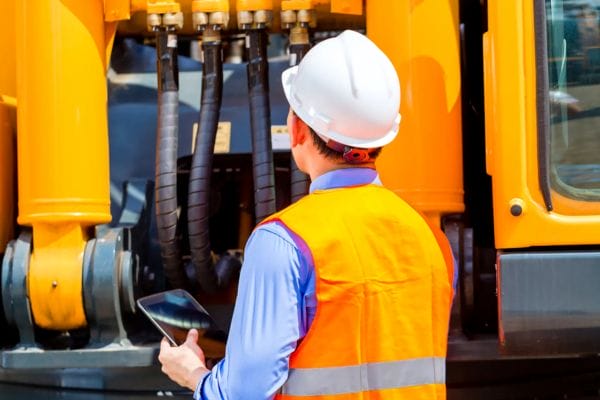
Key Aspects to Inspect
When conducting inspections, it’s important to focus on critical areas that are most susceptible to wear and damage. Below are the key aspects to inspect:
Visual Checks:
Abrasion and Cracks: Inspect the outer surface of the hoses for signs of abrasion or cracking, which often occur due to friction with other equipment or exposure to harsh environmental conditions. Cracks are a precursor to leaks and can compromise hose integrity if not addressed promptly.
Pinhole Leaks: Small, barely visible holes can develop due to constant pressure and fluid movement within the hose. Inspectors should pay close attention to areas where hoses flex frequently, as these are prime spots for pinhole leaks. Using cardboard or a similar tool to detect these leaks safely without using hand is recommended.
Fittings and Connections: Check the fittings at both ends of the hoses for corrosion, alignment, and tightness. Loose or misaligned fittings can lead to leaks and reduced system efficiency. Additionally, worn or damaged seals should be replaced to maintain the integrity of the connection.
Hose Routing and Alignment:
Proper routing is crucial for the longevity of hydraulic lines. Hoses should not be bent at sharp angles or twisted, as this can cause internal wear, leading to premature failure. Monthly inspections should involve verifying that hoses are positioned correctly, ensuring they are free from obstructions and are not rubbing against other components.
Fluid Levels and Quality:
Monitoring hydraulic fluid levels is essential, as fluctuations can indicate leaks. Also, checking the quality of the fluid (e.g., clarity and absence of contaminants) ensures that the system is operating under optimal conditions. Fluid analysis can reveal contaminants or degradation that might not be visible during routine checks, providing insight into the overall health of the system.
Tools and Techniques for Effective Inspection
To conduct thorough inspections, utilizing the right tools and techniques is essential. Here are some effective methods:
Leak Detection Fluids:
Specialized leak detection fluids help identify small leaks that may not be visible during standard visual inspections. These fluids change color when they come into contact with hydraulic oil, allowing technicians to pinpoint the exact location of a leak without exposing themselves to pressurized fluids.
Pressure Testing:
Regular pressure testing is crucial for assessing the integrity of hydraulic hoses. By pressurizing the system to its operating level and monitoring pressure consistency, inspectors can detect weaknesses that may lead to failures. Pressure testing should be done using appropriate equipment that can measure and record pressure levels accurately, helping identify even minor fluctuations.
Ultrasonic Testing Equipment:
Advanced ultrasonic tools can detect internal damage in hoses and fittings that may not be visible externally. These devices emit ultrasonic waves that reflect differently based on the material’s integrity, making them effective for identifying thinning or wear within the hose walls.
These tools are particularly useful for high-pressure systems where visual inspections alone may not reveal the full extent of potential issues.
Thermal Imaging Cameras:
Hydraulic systems often operate under high temperatures, and any deviation from normal temperature ranges may indicate issues such as blockages, fluid degradation, or leaks. Thermal imaging cameras can quickly scan hoses and fittings, identifying abnormal temperature patterns that suggest problems.
Digital Inspection Logs:
Maintaining detailed inspection logs is important for tracking the history of a hydraulic system. Using digital logs allows for easy recording, access, and analysis of data, ensuring that any recurring issues are flagged and addressed. This also provides a reference point for future inspections, helping to identify patterns that might indicate specific areas of concern.
Replacing Hydraulic Lines: Best Practices
Signs It’s Time for a Replacement
To maintain the reliability and safety of hydraulic systems, it’s essential to recognize when hoses need replacement. Here are key indicators that it’s time to replace hydraulic lines:
Visible Damage:
The most obvious sign that a hydraulic hose needs replacement is visible damage. This includes cracks, abrasions, blisters, or any signs of wear along the outer cover of the hose. Abrasions can occur when hoses rub against equipment or surfaces, leading to compromised hose strength and eventually leaks.
Another visible indication is the presence of kinks or twists. These can occur due to improper routing or installation and can lead to internal damage, reducing the hose’s ability to withstand pressure.
Pressure Loss:
A sudden or gradual drop in pressure is a significant sign of a compromised hose. If pressure tests reveal that a system cannot maintain its required pressure level, this suggests internal damage, such as a collapsed inner tube or a leak, necessitating immediate hose replacement.
Compromised Fittings:
Inspecting hose fittings is as crucial as examining the hose itself. Corrosion, cracks, or misalignment at the fittings can compromise the integrity of the connection, leading to leaks or complete hose failure. If any such damage is observed, replacing both the hose and the fitting is advisable to maintain a secure connection and optimal performance.
Fluid Leakage:
Even small leaks are a clear indication of hose failure. Pinhole leaks might be hard to detect visually, but signs like oil stains, wet spots, or pressure drops can signal their presence. Replacing hoses at the first sign of leakage is essential to prevent safety hazards and environmental contamination.
Being vigilant about these signs helps maintain system safety and efficiency, avoiding unplanned downtime and costly repairs.
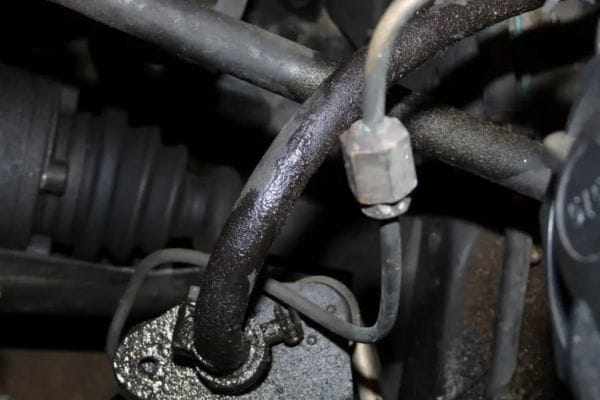
Safe Replacement Procedures
When replacing hydraulic lines, following a systematic approach ensures safety and optimal system performance. Below is a step-by-step guide for safely replacing hoses:
Shutdown and Depressurization:
Before beginning any maintenance, shut down the equipment completely. Hydraulic systems often operate under high pressure; thus, failing to depressurize the system can lead to serious injuries. Release the pressure in the system by actuating the control valves or using a pressure release valve, ensuring all residual pressure is safely discharged.
Verify that the system is fully depressurized by checking the pressure gauges. Double-check for trapped pressure in any components like cylinders to avoid unexpected discharges when disconnecting hoses.
Safety Precautions:
Wear appropriate protective gear, such as safety gloves, eye protection, and flame-resistant clothing. Hydraulic fluid can be extremely hot and can cause burns or other contact injuries.
Avoid using your hands to detect leaks or fluid escaping under pressure. Instead, use non-conductive tools like cardboard or leak detection fluids to locate leaks safely.
Ensure the work area is clear, and all parts of the machinery that could move (like arms or attachments) are secured to prevent movement during hose replacement.
Disconnect the Damaged Hose:
Identify and label both ends of the hose to ensure proper reinstallation. Use the correct size wrenches to disconnect the fittings, holding one end steady while loosening the other to avoid damaging seals.
Be prepared for any remaining fluid in the hose to leak out when disconnecting it. Use a catch basin to collect any fluid and prevent it from contaminating the work area.
Select Manufacturer-Recommended Hoses and Fittings:
Always replace hoses with those that meet the specifications recommended by the manufacturer. Using hoses not designed for your system can lead to premature failure, pressure loss, or safety hazards.
Ensure that fittings are compatible with the new hose type. Mismatched fittings can cause leaks, pressure loss, and even lead to catastrophic hose failure.
Install the New Hose:
Before installing, inspect the new hose for any visible defects. Use caps or plugs to keep dirt and debris out of the hose during installation.
Route the hose properly, ensuring it follows the equipment’s designed path without sharp bends, twists, or contact with moving parts. Improper routing is a common cause of premature hose wear.
Attach the hose fittings securely, tightening them according to the manufacturer’s specifications. Over-tightening can damage seals, while under-tightening can cause leaks.
Test the System:
After installation, check the system for leaks by gradually increasing the pressure. Monitor the fittings and the hose for any signs of leakage, and address any issues immediately.
If necessary, bleed the system to remove trapped air, which is essential for maintaining proper pressure levels and avoiding erratic equipment movement.
Ensuring Correct Installation
Proper installation is key to maximizing the lifespan of hydraulic hoses. Here are some best practices:
Avoid Sharp Bends and Twists:
Make sure the hose is installed in a way that allows it to flex naturally without sharp bends. Sharp angles can stress the hose, leading to cracks or bursts under pressure.
Avoid twisting the hose during installation, as this can compromise its structural integrity. Twist can cause the hose reinforcement layers to become misaligned, significantly reducing the hose’s pressure capacity.
Allow for Proper Slack:
Ensure the hose has the correct amount of slack to accommodate movement. Too much slack can result in the hose rubbing against surfaces, while too little slack can cause it to stretch beyond its limits.
Clamps and hose supports should be used to keep hoses in place and prevent them from coming into contact with moving parts, which could cause wear and abrasion.
Documenting Maintenance
Keeping a maintenance log is an important part of hydraulic system management. Proper documentation helps track the condition of hoses, ensures compliance with maintenance schedules, and improves overall system reliability.
Record Inspection and Replacement Dates:
Each time a hose is inspected or replaced, record the date, details of the inspection, and any actions taken. This allows you to track the frequency of maintenance and identify any patterns of failure.
Include information about the hose type, part number, and manufacturer recommendations to ensure that replacements are consistent with system requirements.
Track Equipment Performance:
Logging pressure readings, inspection notes, and replacement intervals provide a comprehensive overview of system performance. This data can help identify recurring issues, enabling technicians to adjust maintenance routines or hose specifications to improve reliability.
Documentation also ensures that maintenance complies with safety and industry regulations, which is crucial for preventing liabilities in case of an accident or equipment failure.
Use Digital Maintenance Logs:
Utilizing digital tools for logging maintenance activities streamlines the process and provides easy access to historical data. Digital logs can also trigger maintenance reminders based on the recorded replacement intervals, helping to prevent hose failures due to oversight.
Conclusion
To ensure consistent performance, it is essential to establish a regular maintenance schedule tailored to the specific needs of the machinery and its operational environment. Regular inspections, documented maintenance logs, and the use of manufacturer-recommended parts are key to achieving reliable results. For complex systems or when unsure about procedures, consider consulting professional hydraulic technicians to handle inspections and replacements safely.
FAQ
How often should hydraulic lines be inspected?
Hydraulic lines should be inspected daily, weekly, and monthly, depending on the usage intensity and industry. Daily visual checks, weekly in-depth examinations of fittings, and monthly comprehensive inspections with pressure tests are recommended.
What are the signs that a hydraulic hose needs to be replaced?
Key signs include visible cracks, abrasions, fluid leaks, pressure loss, and damage or corrosion at the fittings. Any indication of wear should be addressed immediately to prevent equipment failure.
How can I safely replace a hydraulic hose?
Ensure the machinery is fully shut down and depressurized before beginning. Wear protective gear, use manufacturer-recommended hoses and fittings, and follow proper routing and installation practices to avoid damage and ensure safety.
Why is it important to maintain hydraulic hoses?
Maintaining hydraulic hoses is crucial to prevent accidents, avoid environmental hazards, and reduce equipment downtime. Proper maintenance ensures optimal performance and extends the lifespan of the system.
Can I use any hose as a replacement?
No, always use hoses that meet the manufacturer’s specifications for your equipment. Using non-recommended hoses can lead to premature failure and safety hazards.
What should be documented after replacing a hydraulic hose?
Record the date of replacement, details of the new hose and fittings used, pressure tests conducted, and any other maintenance actions taken. Keeping a log helps track system performance and ensures compliance with safety protocols.



